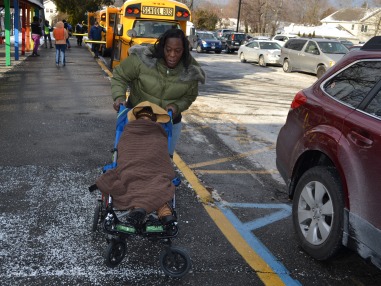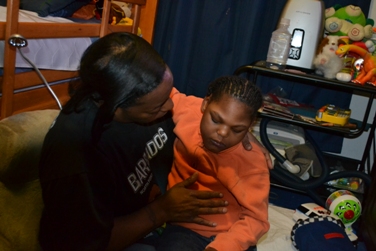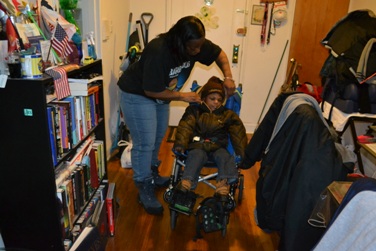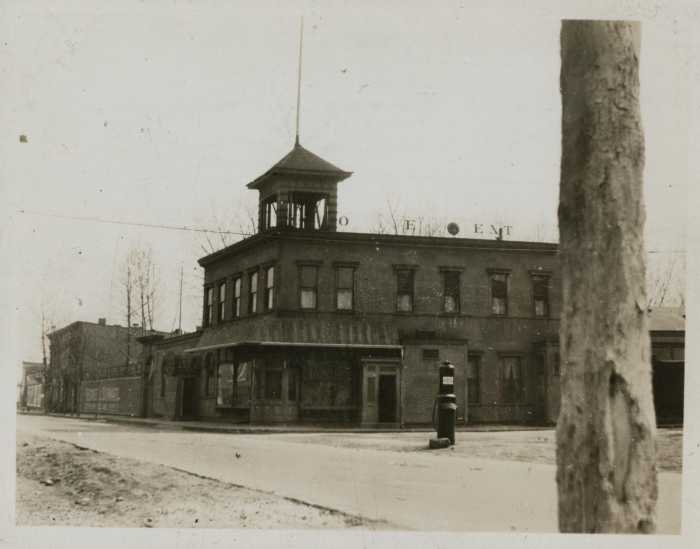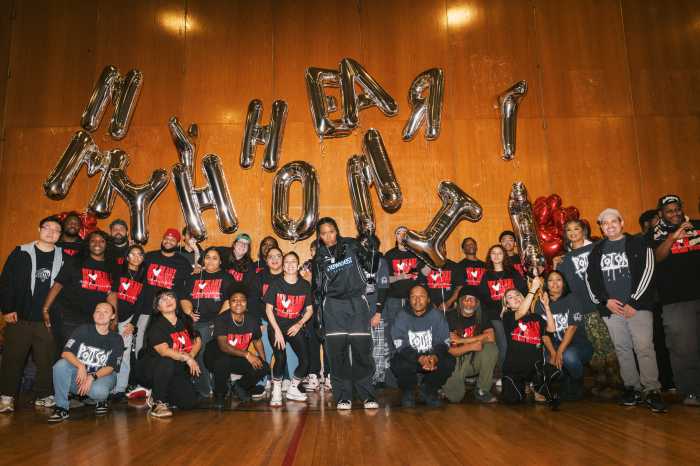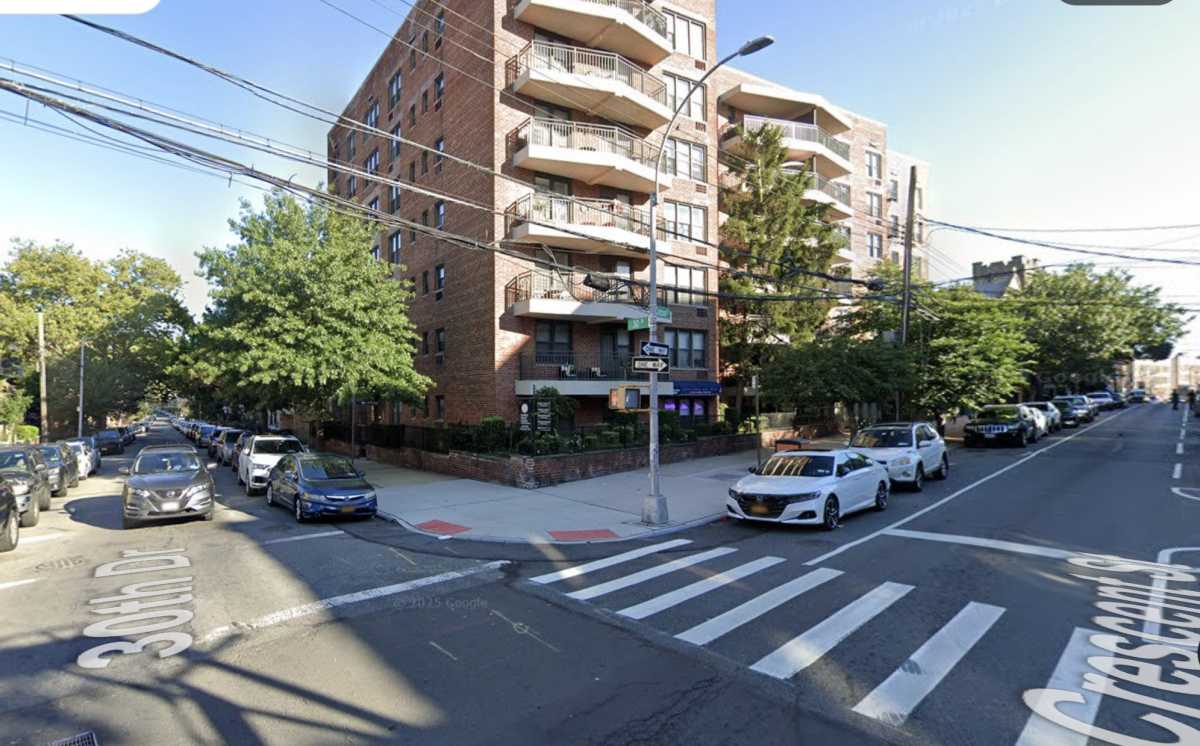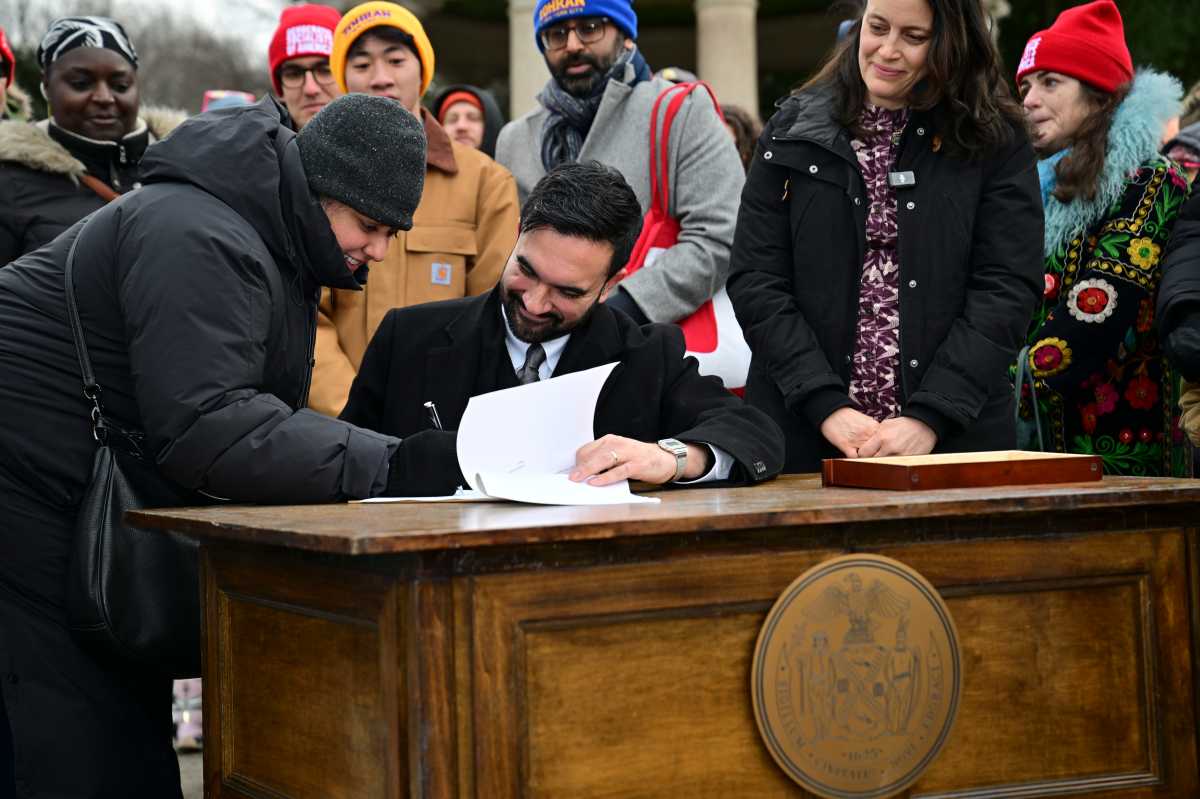Crystal Blount refuses to let her son be one of those left behind.
One week after school bus drivers abandoned their routes, as panicked parents scrambled for solutions, the Far Rockaway mom bundled up her disabled son Nehemiah, trekking more than an hour from her south Queens home to her son’s school, United Cerebral Palsy of Nassau County, in Roosevelt, Long Island.
It’s a small sacrifice for the smiley little boy she calls “pumpkin patch,” known by friends and classmates as Nemo.
In many neighborhoods, parents leaned on livery cabs and public transit when drivers announced they would be halting service in the five boroughs. In Far Rockaway, where the main transit nerve has yet to be restored since Sandy, students were left completely stranded.
In the battle between city government and contracted employees, those suffering the most are seemingly the children, particularly the most vulnerable ones. Unable to take public transit, disabled students rely heavily on school buses and receive more than an education from their schools, attending speech, occupational and feeding therapies along with daily classes. Missing one can wreck a routine and delay progress.
“It’s a setback,” Crystal said. “When a child such as Nemo misses school, it’s a routine broken. What about the next disabled child? A lot of disabled kids can’t get on a car or bus. They didn’t even think of disabled children. And that’s horrible.”
At its peak, attendance among disabled children dropped by nearly 34 percent during the strike, according to the Department of Education (DOE).
Born premature, Nemo spent his first 18 months of life in a hospital. While at age six, Nemo is non-ambulatory, non-verbal and legally blind, working with physical therapists and speech experts have afforded him the ability to react to sounds, light and noise.
“It’s very difficult,” Crystal said. “There’s always a lot to do in the morning.”
Before school, Crystal uses a suction machine to clear out Nemo’s nose, occasionally assisted by a nurse. Thanks to a phone call from Congressmember Gregory Meeks’ office, Nemo is finally getting his first real wheelchair, after fighting with the insurance company for over a year.
“You’ve got to fight tooth and nail to get anything,” she said. “What about the next person who doesn’t have a voice?”
Nemo suffers occasional seizures, often in the first 10 minutes of sleep. Crystal doesn’t like to call them seizures in front of Nemo, so she calls them “S’s”.
Constant stimulation, usually provided by a bus matron on the way to school, is an integral part of Nemo’s growth. For Christmas, Santa brought him a blue and green Furby that sings and chortles to Nemo while he lies on the couch as Crystal completes morning tasks. He titters as the toy wiggles and lets out a triumphant “la la la!” In the car on the way to school, Crystal sings to her son.
“A, B, C, D, E, F, G,” she sings, keeping her eyes on the road.
“A, B, C, D, E, F, G,” she sings again, this time holding the “G” for an extended note.
Nemo coos from the backseat.
“That always makes him laugh,” she said.
Crystal feels disabled children have been left without transportation options. The Access-A-Ride vans, commonly thought to cater to all disabled students, require parents to ride with children and they will only go to schools inside the five boroughs. On the highway, Crystal spots a yellow cab topped with a “School Bus” sign. There are no vehicles like that in the Rockaways, she says.
Both Crystal and Nemo’s father Gladstone work for the city’s Department of Correction. Crystal works during the day while Gladstone runs the midnight to 8:30 a.m. shift. Now responsible for picking Nemo up at school, Gladstone fits a small nap into the middle of his day before heading out to his son’s school.
“And the end of the day, we’ve got to take care of him,” she said. “And he’s the love of my life.”
RECOMMENDED STORIES

